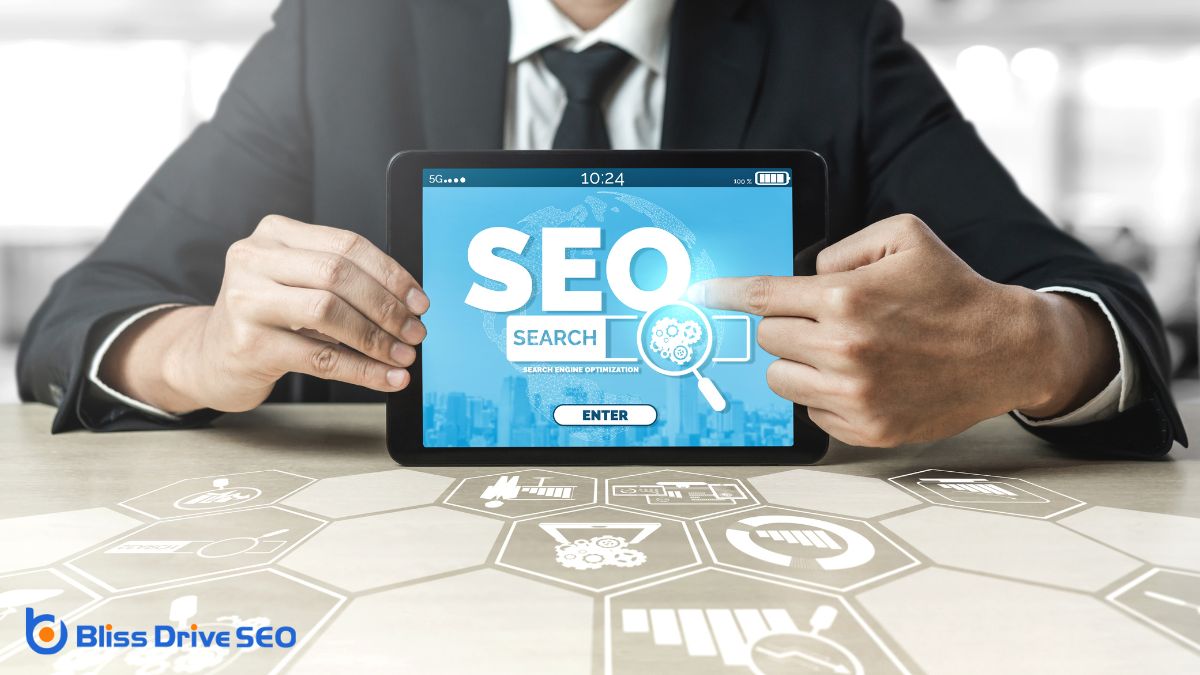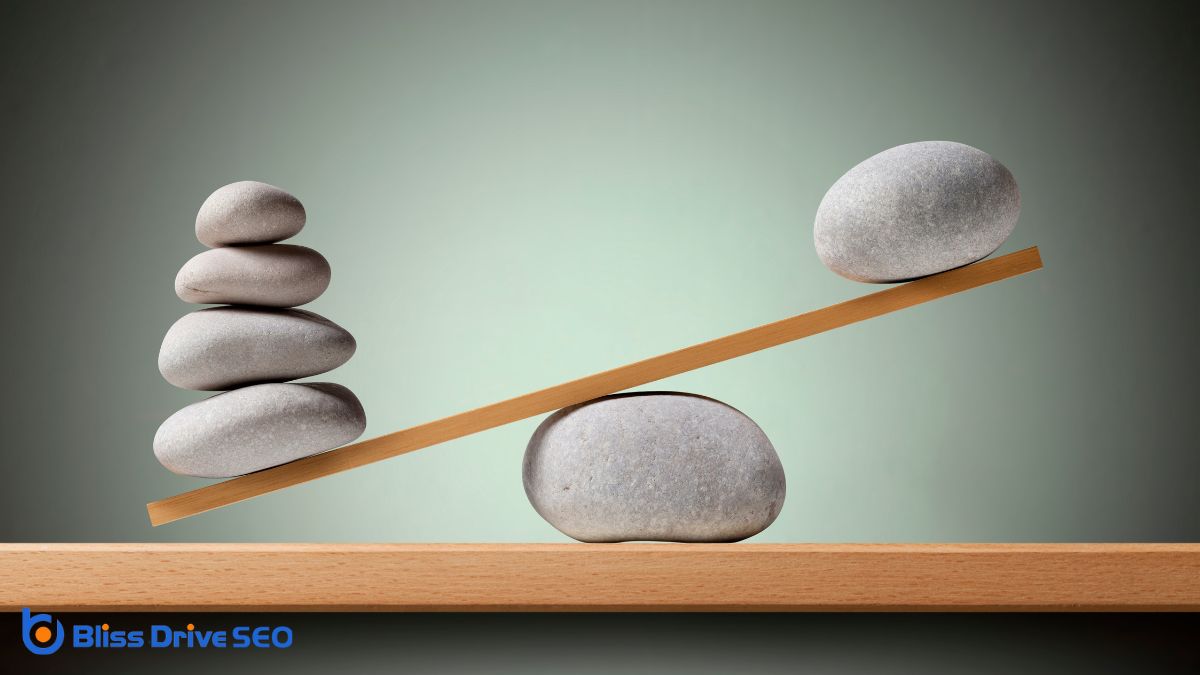Digital Marketing Services
Learn More About Us

When you're maneuvering through the digital marketing landscape, understanding the distinction between SEO and conversionThe completion of a desired action by a referred user, such as making a purchase or filling out a fo... optimization is essential. SEO, or search engine optimization, boosts your site's visibility by targeting specific keywordsWords or phrases that users type into search engines to find information. and securing backlinksLinks from other websites pointing to your website, crucial for SEO.. It's all about attracting the right audience. On the flip side, conversion optimization is about turning that traffic into loyal customers by enhancing user experience and guiding them to take desired actions. But how do these strategies interact, and can they truly coexist to drive success? Let's explore how these elements intertwine in the digital domain.

Understanding SEO fundamentals is vital for anyone looking to improve their website's visibility. You need to focus on optimizing your site's structure, content, and keywords to rank higher in search engine results.
Start by conducting keyword researchThe process of finding and analyzing search terms that people enter into search engines. to understand what your audience is searching for. Incorporate these keywords naturally within your content to make it more relevant.
Next, make sure that your website is technically sound. Optimize page load speeds and make your site mobile-friendly to enhance user experience.
Don't forget to craft compelling meta titles and descriptions to improve click-through rates. Quality backlinks from reputable sites also play an important role in boosting your site's authority.
While SEO focuses on attracting visitors to your site, conversion optimization assures those visitors take meaningful actions once they arrive.
By refining the user experience, you aim to convert casual visitors into engaged customers. Here are key elements to ponder:
Focus on these elements to enhance conversions effectively.
Though both SEO and conversion optimization are essential for a successful online presence, they serve distinct purposes and are measured by different metrics.
SEO focuses on improving your site's visibility in search engine results, aiming to increase organic traffic. You'll track metrics like keyword rankings, organic traffic, and click-through rates.
On the other hand, conversion optimization concentrates on enhancing your website's ability to turn visitors into customers or leads. Here, you'll measure conversion rates, bounce rates, and user engagementThe interactions that users have with a brand’s content on social media..
Understanding these goals helps you allocate resources effectively. With SEO, your objective is to attract visitors, while conversion optimization guarantees those visitors take desired actions.
When SEO and conversion optimization work in tandem, they create a powerful synergy that drives both traffic and sales. You can't just focus on getting visitors; you need to convert them, too.
Here's how they mesh:
Together, they maximize your site's potential.

To implement a balanced strategy, start by aligning your SEO and conversion optimization goals. Recognize that driving traffic and converting that traffic are separate yet interconnected objectives.
Focus on targeting the right audience with relevant keywords, ensuring they match your value propositionA statement that clearly explains the benefits of a product or service and why it is better than the.... Use analytics toolsSoftware used to track and analyze website performance, user behavior, and marketing efforts. to track both search performance and user behavior on your site. This will help you pinpoint areas for improvement and maintain harmony between attracting visitors and converting them.
Next, create content that satisfies search intentThe purpose behind a user’s search query. and encourages action. A well-structured site with clear calls-to-action (CTAs) enhances user experience and boosts conversion rates.
Regularly test different strategies using A/B testing to find what resonates best with your audience. Remember, a cohesive approach balances visibility and engagement for excellent results.
In digital marketing, understanding the distinction between SEO and conversion optimization is essential for success. SEO's all about driving the right traffic to your site, while conversion optimization focuses on turning that traffic into loyal customers. When you combine these strategies, you create a powerful synergy that enhances your online presence and profitability. So, don't neglect one for the other; integrate both to achieve a balanced approach that maximizes your site's potential.
